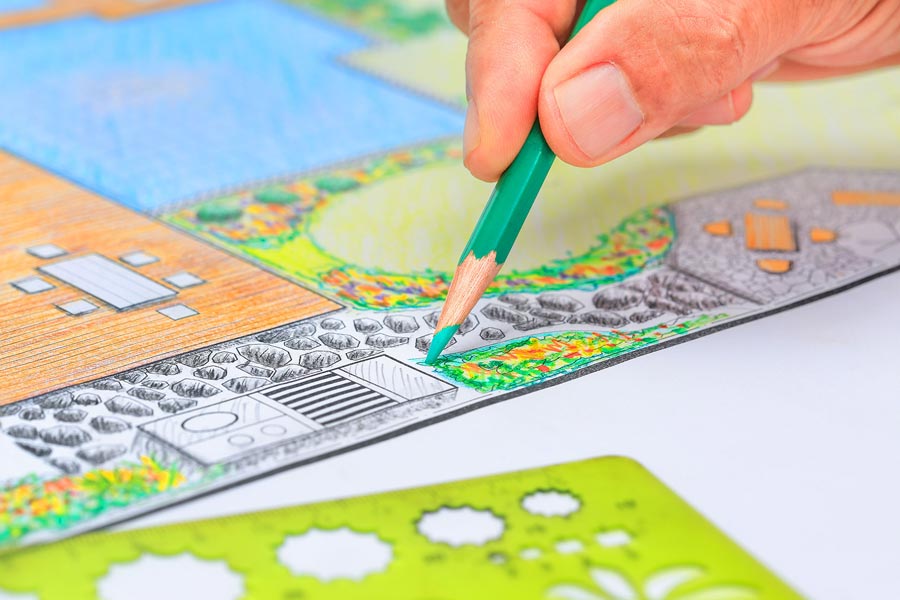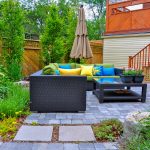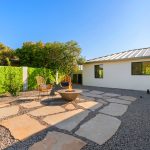A truly beautiful garden doesn’t start with plants; it starts with questions. The best designers don’t rush into planting or layout; they step back and study. They observe the land, the light, and the lifestyle of the people who will use it. Every curve, every path, every bloom is intentional.
Because great garden design isn’t about filling space, it’s about shaping experience.
The Landscape Speaks First
Before anything else, professionals read the land. They look at elevation, drainage, soil texture, and sun exposure. They note how water flows after rain, how shadows move across the day, and where the wind naturally travels.
Ignoring these cues leads to short-lived beauty. Designing with the landscape, not against it, creates gardens that thrive effortlessly.
They’ll ask:
- Where does the sun rise and fall?
- What areas stay damp, and which stay dry?
- Are there natural focal points, trees, rocks, slopes, to highlight?
The answers determine the structure long before a single flower is chosen.
Purpose Before Planting
Every garden tells a story, but whose story is it? Designers start by asking how the space should feel. Peaceful retreat? Social hub? Play zone for kids? Each purpose demands a different rhythm of design.
A family garden might need wide lawns and durable groundcover. A wellness space might lean toward gentle paths, shade, and soft movement.
Without purpose, a garden is just plants. With it, it becomes personal.
Color, Texture, and Seasonality
Professionals think beyond spring. They design for all twelve months. That means layering plants that peak in different seasons so the garden always has life and movement.
Texture and contrast matter as much as color, rough leaves beside smooth, tall next to ground-hugging. It’s that interplay that gives depth and rhythm to the view.
They’re not chasing trends, they’re composing harmony.
Function Hidden in Beauty?
Practicality is part of artistry. Designers think about maintenance, irrigation, and longevity before committing to a plan. The most stunning gardens are often the most efficient ones, because they’re built for the realities of time, weather, and human use.
Paths follow natural movement. Seating catches the best light. Drainage disappears into design.
Design That Grows With You
A great garden isn’t finished on day one; it evolves. Professionals know how to create landscapes that mature gracefully, where plants fill out over years and design only gets better with time.
They see not just what’s there today, but what it will become tomorrow.
Because garden design isn’t just about what’s planted, it’s about how it lives.



